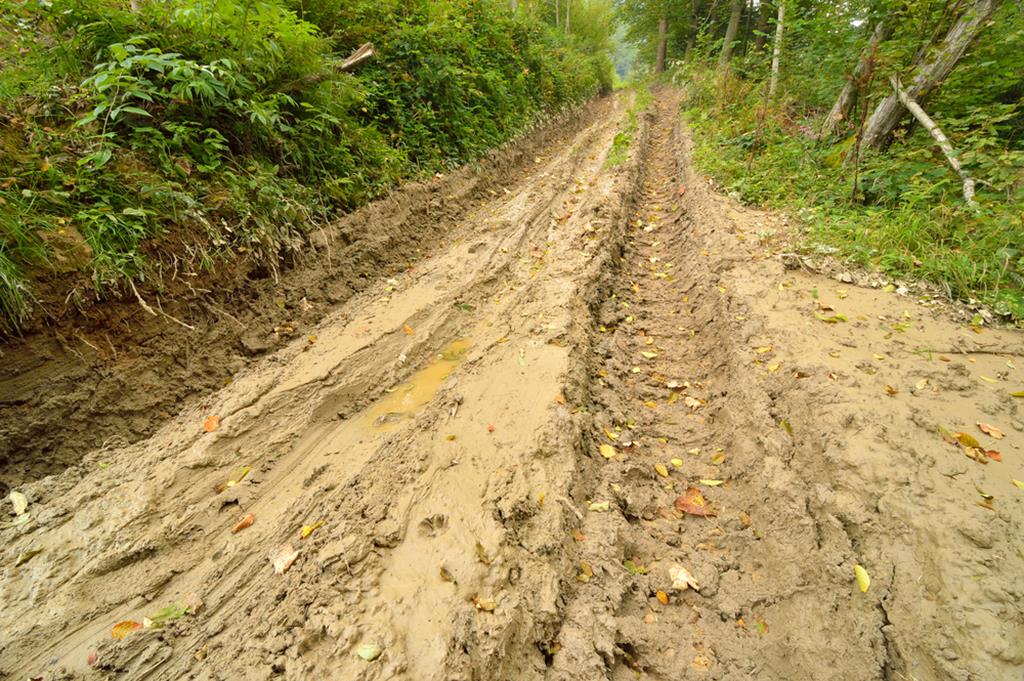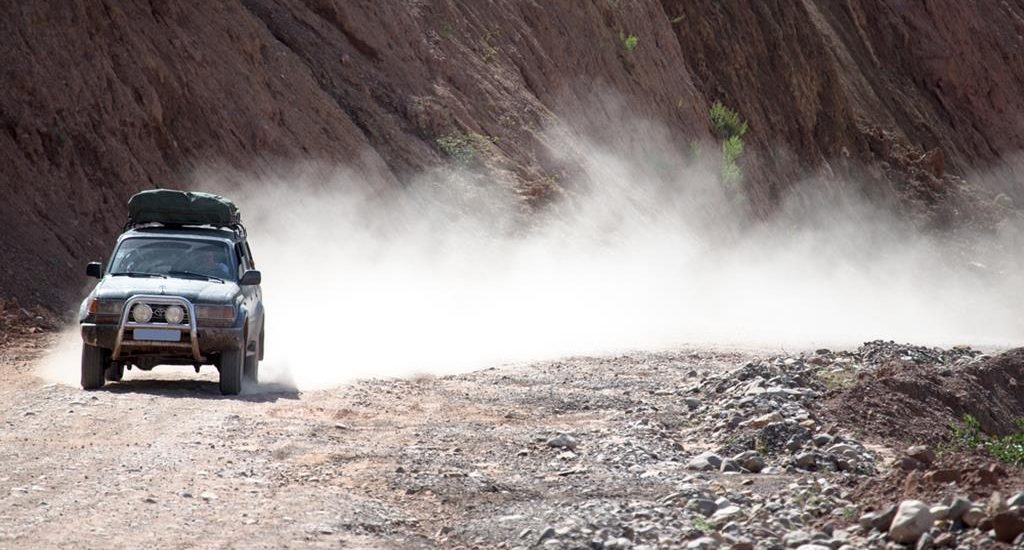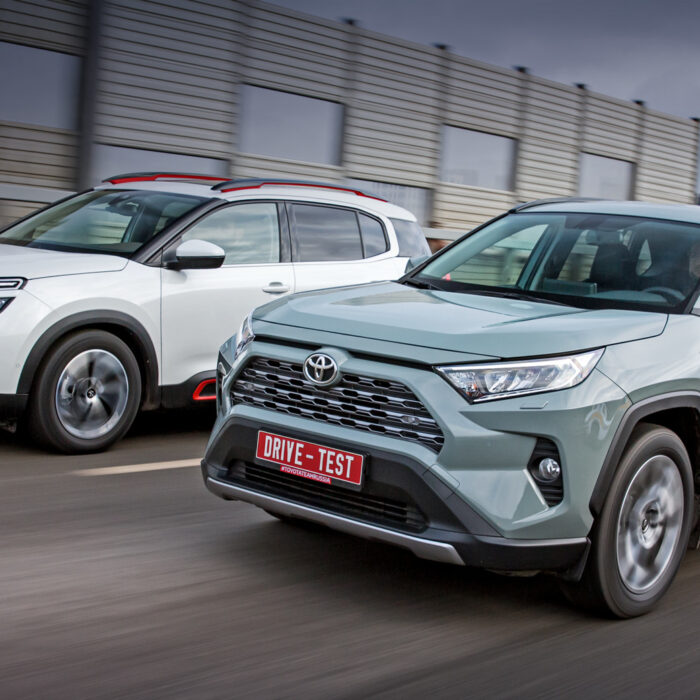Understanding Off-Road Driving Fundamentals
When drivers intentionally choose routes without paved roads, they’re embracing the world of off-road driving with specialized vehicles like jeeps and SUVs. These off-road adventures attract thrill-seekers who prefer exploring uncharted paths over navigating traffic-congested highways. Modern off-road vehicles are engineered to handle diverse terrain types with remarkable capability. While these vehicles perform well on smooth asphalt, their true potential shines in challenging off-road conditions.
However, venturing off-road without proper preparation is extremely dangerous and not recommended. Even with an all-wheel-drive vehicle, thorough preparation and vehicle inspection are essential before any off-road expedition. Without adequate preparation, drivers face significant risks and challenges. Off-road terrain demands respect, knowledge, and proper equipment regardless of your vehicle’s capabilities.
Most modern off-road vehicles feature advanced control systems that automatically adjust settings for specific terrain conditions. Understanding and utilizing these systems is crucial for safe off-road driving. Using incorrect terrain settings for your current conditions can make your journey unnecessarily difficult and potentially dangerous.
Handling Unexpected Off-Road Situations
Sometimes drivers encounter unexpected situations where roads become impassable due to washouts, rockslides, snow accumulation, or other natural obstacles. Before attempting to navigate around these hazards, consider whether it’s safer to remain in place and wait for professional rescue services. When waiting isn’t an option, you may need to find alternative bypass routes through off-road terrain.
To successfully handle challenging off-road conditions, ensure your vehicle is equipped with the following essential gear:
- Specialized off-road tires with appropriate tread patterns
- Recovery winch system for self-extraction
- Reinforced bumpers and protective guards
- Enhanced suspension system for rough terrain
Without proper equipment and preparation, it’s better to avoid off-road adventures entirely. Safety should always be your top priority.

Common Types of Off-Road Terrain
Off-road conditions vary dramatically and present unique challenges. Terrain types include packed dirt surfaces, water crossings, rocky terrain, sand dunes, and mud. Weather conditions can also transform normal roads into off-road challenges through blizzards, snowstorms, or severe hail. Each terrain type requires specific driving techniques, appropriate equipment, and mental preparation. Experienced off-road drivers understand the importance of carefully assessing conditions before proceeding. The experience gained through off-road adventures is invaluable, but drivers must anticipate and prepare for potential challenges before venturing into unknown territory.
Recovery Winches: Types, Selection, and Importance
Recovery winches are essential tools for extracting vehicles that become stuck in challenging terrain. A quality winch represents freedom and self-reliance in off-road situations. While your vehicle may have excellent traction capabilities that allow access to remote locations, a winch becomes your lifeline when mechanical traction isn’t enough. Installing a winch before you need it is crucial for serious off-road enthusiasts.
When selecting a recovery winch, prioritize pulling capacity as your primary consideration. Generally, choose a winch with pulling force at least 1.5 times your vehicle’s weight, though this is a minimum recommendation. Consider your specific operating conditions when making your selection. Budget-conscious buyers can purchase winches with pulling force equal to their vehicle’s weight and use pulley blocks to double the pulling force while halving the line speed.
Recovery winches are powered by three main systems: electric, mechanical, or hydraulic. Each type offers distinct advantages and limitations:
- Electric Winches: These winches use electric motors mounted on the winch housing, powered directly by your vehicle’s battery. The primary advantage is easy installation—simply mount the winch and connect the power cables to your battery. However, electric winches have significant drawbacks for serious off-road use. They’re vulnerable to water and dirt damage, consume substantial electrical power, and can quickly drain your battery during extended use. Most vehicles require electrical system upgrades, including higher-capacity batteries, to support electric winches during demanding off-road conditions.
- Mechanical Winches: These systems connect directly to your vehicle’s engine through a power take-off (PTO) unit installed on the transfer case. Since they draw power directly from the engine, energy consumption isn’t a concern. Operation involves selecting neutral on the transfer case and engaging forward or reverse gears to control winch direction and speed. Mechanical winches offer exceptional durability and reliability but require compatible transfer cases and professional installation. For frequent off-road enthusiasts, mechanical winches provide years of trouble-free service with minimal maintenance beyond periodic cleaning and lubrication.
- Hydraulic Winches: These systems use your vehicle’s power steering pump to operate the winch through hydraulic pressure. Like mechanical winches, they don’t drain your electrical system and can’t operate with the engine off. Hydraulic winches can be installed on most vehicles and offer reliable performance superior to electric systems. However, they’re expensive to purchase and install, and hydraulic leaks can develop over time, requiring costly repairs.
Proper Winch Installation and Setup
Proper winch installation is critical for safe and effective operation. Mount your winch securely to your vehicle’s frame—never attach it to body panels. Install the winch at either the front or rear of your vehicle based on your typical recovery needs. Avoid center-mounted installations, which create maintenance difficulties and limit operational visibility. Position the control unit in an accessible, protected location away from dust and debris.

Final Recommendations for Safe Off-Road Driving
We strongly recommend pursuing off-road driving only as a voluntary recreational activity with proper preparation and equipment. Always prepare for worst-case scenarios, even during planned off-road adventures. Remember to carry your International Driving Permit during off-road travels—unexpected situations may require official documentation, and this permit provides crucial legal protection regardless of your location.

Published January 26, 2018 • 5m to read





